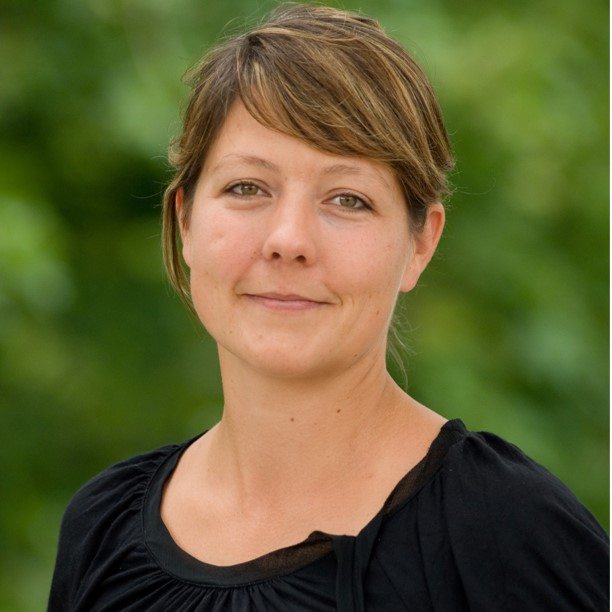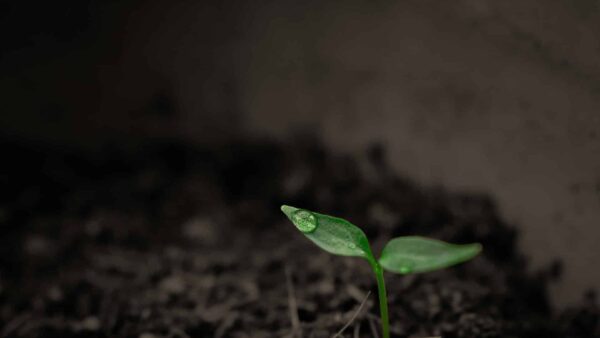As children, we were taught to choose our words carefully. To think before we speak. Major figures within the Canadian and global seed industries have taken that lesson to heart.
“We need to tell our story in the right way, in a consistent way, and ensure we all use the same words. Terminology is crucial — how we speak, and how we address the challenges in front of us,” says Michael Keller, secretary-general of the International Seed Federation (ISF).
Keller, based at ISF headquarters in Nyon, Switzerland, is playing a key role in the ISF Plant Breeding Innovation Working Group, which is working to facilitate policies across countries that don’t impede, but rather enable the adoption of new technologies and foster harmonized regulations across countries.
According to Keller, for researchers and plant breeders to take advantage of the latest plant breeding methods, they need reassurance that consumers will accept their products and that regulations won’t interrupt international grain trade.
The key to being successful in this, Keller says, is to avoid the problems that resulted when the industry failed to have a consistent, clear message regarding GM technology. Industry leaders hope that by developing a set of criteria for governments around the world to adopt, international markets will align and that the future will be bright for new breeding techniques like gene editing.
The Plant Breeding Innovation Working Group has developed a concept paper to foster discussion and serve as a roadmap for national seed associations and ISF members when working with governments and stakeholders. The paper provides a detailed background on plant breeding and the tools and technologies available today.
The paper, which has been translated into Chinese, Korean, French and Spanish, with more languages to come, outlines criteria to help governments determine if products should fall within the GM regulatory framework, or out of the GM regulatory framework. Meanwhile, the communications subgroup of the Plant Breeding Innovation Working Group has been developing a communication toolkit, currently comprising infographics, presentations and a complete discussion guide on how to talk about the topic.
“It’s important we position the topic in the right way,” he says. “We must find consistent regulations for countries throughout the world. It’s about communication and content, that we get it right and that national associations can discuss these matters with government the same way in all countries.”
That awareness of the language we use as an industry is something becoming more prevalent as stakeholders attempt to avoid the mistakes of the past, when the industry wasn’t quick enough to counter negative sentiment and misinformation about new agricultural technologies like GM.
As more and more people leave rural areas for urban ones, it’s a crucial time for this.
“Agriculture has always come at things with the idea that we’re doing the right thing, that we’re stewarding land and growing crops for people, and we’re taken aback when we go out into the world and see these concerted attacks on every aspect of the business. If it’s livestock, beef is evil. With seed, genetic engineering is evil. We see only attacks, with no path forward,” notes Manitoba’s Robynne Anderson, president of Emerging Ag, a consulting firm to the agriculture sector.
She also founded Germination magazine and its publishing company Issues Ink, and was inducted into the Canadian Agricultural Hall of Fame late last year.
She notes that the Canadian seed industry is at a crucial moment, when the decisions it will make and the mindset it will operate with moving forward are going to determine its success in getting through to consumers and influencing its own destiny.
“When I came into this sphere, the things that were a given — like we all care about plant breeding, that we believe it’s the path to the future, that we believe people should win the Nobel Prize for being great breeders — isn’t there in the same way anymore. There’s a lack of focus about what to do next.”
She sees huge potential in initiatives like the Seed Synergy Collaboration Project, designed to forge a next-generation seed system for the country.
“It’s really the right time for the seed sector to think about fresh ways of doing business, to align itself more tightly to create more synergy between its organizations, and find ways to work together really well.”
Understanding Values
Dave Carey, the Canadian Seed Trade Association’s new executive director, has firsthand insight into how having an urban background can colour one’s opinions about agriculture. He grew up just outside Toronto.
“You have to [know how to] communicate with people who are casting ballots and making decision on behalf of the ag industry, [and do it] in a way that they understand,” he says.
How can one properly communicate with an urban audience?
“Break it down, don’t use the acronyms or get super-technical, and understand the values they have,” Carey says.
Understanding the values of others is something Julia Harnal has made a priority. As marketing manager crop protection for BASF Canada, Harnal and the BASF team have made it part of their mission to “capture the hearts and minds” of their grower customers and others.
This involves a valuable new way of looking at marketing, she says — one that throws out the old model of “selling” in favour of building trust.
“You can write books about going from push to pull,” she says. “We work with customers for more than one generation in many cases. For us it comes natural to build that trustworthy relationship over the long term. There’s been a major mind shift in terms of our marketing strategy.”
Shifting the Paradigm
That paradigm shift that Harnal says BASF has gone through is a shift that the Canadian seed sector as a whole is in the midst of making. The Seed Synergy Collaboration Project kicked into high gear in 2017. Runnalls has seen the process play out firsthand and has witnessed how change happens from the ground up and can literally change the (seed) world.
As president of the Canadian Seed Growers’ Association (CSGA), Runnalls is playing a major leadership role in championing the modernization of the industry through a number of initiatives. While Seed Synergy is a focal point of CSGA’s new strategic plan, there are other major complementary projects underway that are designed to move the organization forward and ensure that its members receive the support that they require to succeed in a changing world.
These include three implementation priorities: modernizing the Canadian Regulations and Procedures for Pedigreed Seed Crop Production manual; developing a “single-window” seed certification system; and enhancing educational and professional development support for CSGA members — all of it designed to fundamentally change the way CSGA works.
An Ontario seed grower, Runnalls knows old habits are hard to break and change never comes easy, but says he’s encouraged by what he’s seen over the past number of months from his fellow CSGA members and industry stakeholders in general as the sector works to forge a new future for itself and change old paradigms it’s operated under for decades.
Right now, the Canadian seed sector is made up of six separate associations. A proposal put forward in the newly released Seed Synergy green paper calls for changes to the organizational structure of the industry, and recommends it be anchored by a central organization or network of organizations working through a new public-private partnership arrangement.
According to Runnalls, a more unified seed sector would make it easier to communicate with government, seize new opportunities as they come while dealing better with challenges when they arise.
“We need one message and one message only,” Runnalls says, adding that the industry’s attempt to function better has helped people to put differences aside and realize they all share a common interest — advancing the Canadian seed sector.
“It’s not about seed growers or the seed trade. You have to look at it as an industry stakeholder and know you’re creating something better.”
—with files from Julie Deering










